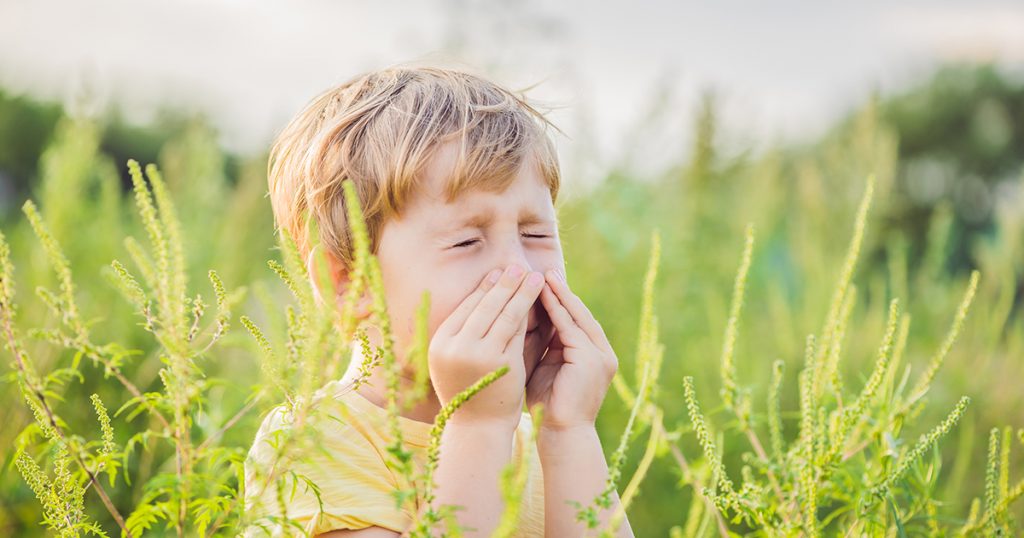No one enjoys the prospect of allergy symptoms returning as soon as the warm weather arrives, but for children, the itching, runny nose and inability to play with their friends is doubly upsetting. Parents too suffer from seeing their little ones unable to fully enjoy themselves when experiencing the great outdoors.
Although catching colds and other viruses is a child’s rite of passage, allergies can often be confused with colds, leading to poor management. In general, if your child has no fever, and the sniffles and sneezing hang around for weeks, an allergy is likely the cause. Sneezing that continues indefinitely, with a stuffy or runny nose and itchy, watery eyes, may signal the presence of allergic rhinitis, or hay fever.
An allergic reaction is the body’s response to a specific substance, or allergen. The immune system responds to the allergen by releasing histamine and other chemical responders that trigger symptoms. If you yourself have allergies, the risk factor for your son or daughter increases by 50 per cent, and if both parents have allergies, this increases to 75 per cent. Learning how to best manage your little one’s allergies means minimum disturbance to his or her enjoyment of life.
Managing Childhood Hay fever
Childhood allergies can best be managed by controlling environmental triggers and providing appropriate medication. Non-prescription allergy medications for children work by blocking histamine, which reduces or puts a halt to the unpleasant symptoms. Ways to minimize potential allergens include the following:
- Know what your child is allergic to. Hay fever is most commonly caused by grasses, but tree and weed pollens can also trigger symptoms.
- Be aware of pollen counts in your area (these may be found in your local newpaper, or online). Arrange your child’s play and activities to minimize exposure on days when the count is high.
- Since pollen is released mainly in the mornings, levels are highest then, and again in the evenings, as pollen settles. Make sure your child is indoors at these times.
- If your child has been playing outside for some time, be sure to give a shower, or wash exposed areas of skin and hair. Place clothes worn outside in the wash.
- Keep your child inside as much as possible on windy days, and keep the windows closed. Use A/C in the car if you have it, rather than leave the windows open.



